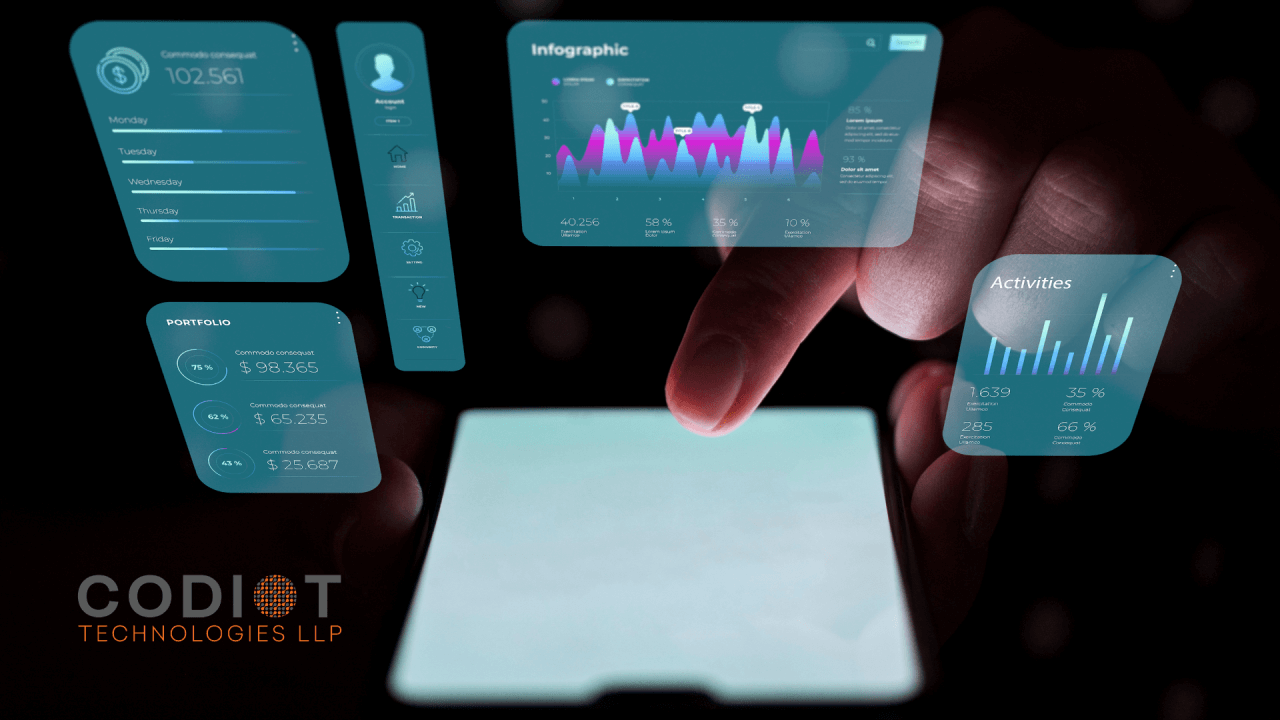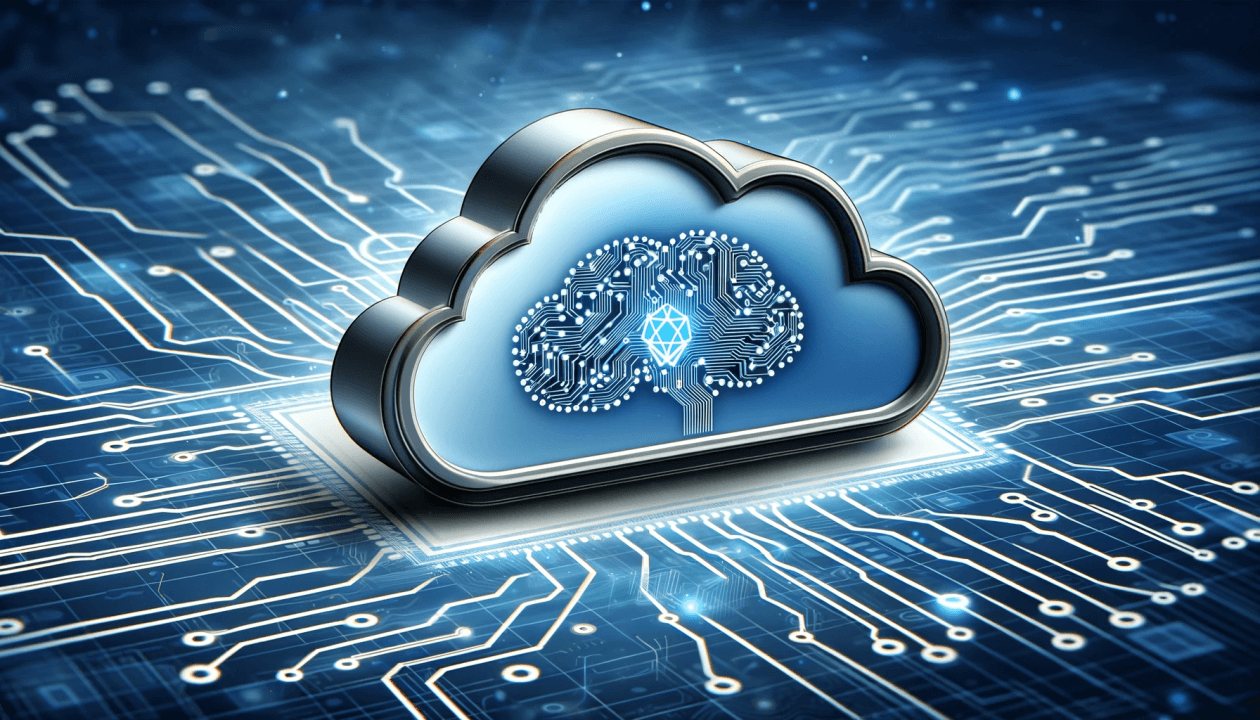Application modernization involves updating legacy applications by enhancing their internal architecture, platform infrastructure, and functionalities. Today, the focus on cloud application modernization often revolves around transitioning monolithic, on-premises applications, traditionally maintained using waterfall development processes, to cloud architecture and release patterns, especially microservices and DevOps.
It encompasses consolidating, repurposing, or restructuring old programming or software code to derive additional business value from existing applications and align them more effectively with current business needs.
The primary objective of many IT modernization strategies is to transition monolithic, on-premises systems into cloud-native design and release patterns. This shift embraces modern application development approaches like DevOps and microservices, departing from traditional onsite maintenance and updating using waterfall software development methods.
Application modernization involves the updating of existing software applications to overcome challenges posed by legacy systems. Regardless of whether you're a young, progressive startup or an established company, integrating the latest technologies into your current platform offers several benefits:
- Swift adaptation to evolving business needs, market dynamics, and industry trends.
- Enhanced operational efficiency and streamlined workflows.
- Improved user satisfaction and strengthened loyalty to your organization.
- Substantial cost savings over time.
- Integration of new and emerging technologies.
- Reliable performance even amidst growing user demands and increased workloads.
- Data protection and compliance with current regulations.
Here are modernization strategies worth considering:
- Enhance user experience by updating designs, improving navigation, and ensuring responsiveness. This approach avoids the need to replace the entire legacy system at once.
- Build robust and scalable software with a future-proof infrastructure, prioritizing performance and portability.
- Streamline operations through automated process modernization to simplify workflows, reduce complexity, and enhance productivity.
- Facilitate ongoing updates to keep systems aligned with technology trends. This incremental approach allows for manageable progress rather than overwhelming leaps.
Here are the business benefits of application modernization:
- Competitive Advantage: Embracing cloud modernization offers a competitive edge, allowing organizations to lead rather than follow. By modernizing applications, businesses can accelerate digital adoption and integrate cutting-edge platforms and technologies, outpacing competitors who lag behind.
- Enhanced Compatibility: Modernizing legacy applications enhances compatibility with new technologies, platforms, and code. This facilitates seamless integration of applications, positioning organizations to meet current and future business demands effectively.
- Cloud-Native Capabilities: Cloud modernization enables organizations to rearchitect legacy applications into cloud-native ones. This transition unlocks benefits such as faster speed to market, scalability, agility, and cost reduction.
- Improved Efficiencies: Modernized applications enhance process efficiencies and business performance. Regular updates, bug fixes, and security patches ensure operational simplicity and alleviate IT operational burdens.
- Robust Security: Legacy applications often expose businesses to security threats due to their incompatibility with modern security standards. Application modernization mitigates security vulnerabilities and ensures better protection against cyber threats.
- Enhanced User Satisfaction: Modernized applications offer improved user experiences with refined interfaces, leading-edge functionalities, and innovative features. This enhances both employee and customer satisfaction, bolstering brand reputation.
- Relevance in the Market: Cloud modernization empowers organizations to leverage digital technologies like AI, machine learning, big data, and cloud computing. This adaptation to market trends builds a flexible foundation for future innovation and sustains relevance in the competitive landscape.
- Boost in Productivity: Updating legacy systems can significantly boost developers’ productivity, leading to faster time-to-market and improved efficiency. By modernizing applications and providing better developer services, engineering teams become more productive and agile.
Application Modernization Trends in 2024
1. Low-Code & No-Code Development Platforms: Low-code and no-code platforms simplify the app development process by offering visual interfaces and intuitive drag-and-drop functionalities. These platforms, equipped with pre-configured components, reduce the necessity for deep coding knowledge, allowing for rapid app updates with minimal coding.
This democratizes app development, enabling “citizen developers” who lack traditional programming skills to take an active role in creating applications, designing user interfaces, and automating workflows. It addresses the shortage of coding experts, speeds up innovation, and streamlines business processes.
Modern businesses are adopting low- and no-code solutions, such as Salesforce and Microsoft Power Apps, to build robust applications more accessibly and efficiently, making the process of developing digital platforms more open and inclusive.
2. Cloud-Native and Hybrid Solutions: Low-The advent of the cloud has revolutionized digital experiences, ushering in innovations such as mobile payments. For many legacy applications, modernization becomes imperative. Cloud-native platforms empower dedicated developers to leverage related principles and tools, facilitating the deployment of new digital workloads with enhanced flexibility.
Key principles of cloud-native solutions include microservices architecture, containerization, orchestration, and DevOps practices, all of which we will delve into in subsequent sections.
However, in certain scenarios, full cloud modernization may not be necessary, leading to the rise of hybrid technology. Organizations can integrate public, private, and hybrid clouds based on their business objectives and budgets. Public clouds offer scalability to manage usage spikes at lower costs, while hybrid solutions provide an alternative when complete migration offers minimal financial gains.
3. Microservices Architecture: Microservices revolutionize application development by breaking down large, monolithic codebases into smaller, independently deployable units. Unlike traditional monolithic applications, where a single codebase manages all functionalities, microservices operate autonomously, with each service handling specific features or applications.
This transition to microservices enhances the development and deployment of updates and new features significantly. It fosters adaptability in technology stacks and reduces the risk of downstream effects associated with changes in underlying code. As a result, organizations can adopt a more dynamic and responsive approach to evolving business needs.
4. Artificial Intelligence (AI) and Machine Learning (ML): Artificial Intelligence (AI) and Machine Learning (ML) are revolutionizing app updates, streamlining the process with speed and intelligence. These technologies boost modernization efficiency by automating code analysis, testing, and performance optimization.
In industries such as banking and eCommerce, AI and ML empower applications to glean valuable insights into customer behavior. This enables the creation of personalized features like AI-driven chatbots, recommendation engines, and predictive analytics. Not only does this enhance user experiences, but it also automates decision-making processes.
5. DevOps Methodology : DevOps plays a pivotal role in-app updates, emphasizing collaboration, risk reduction, and software quality improvement. Through automation, it mitigates errors and enhances efficiency, resulting in cost savings. DevOps experts and tools empower businesses to modernize legacy code tailored to their specific needs and requirements.
The integration of new technologies such as cloud services, Infrastructure as Code (IaC), containers, GitOps, and observability within DevOps enhances the effectiveness of the modernization process.
The DevOps approach is gaining traction, particularly in response to escalating cybersecurity concerns. For instance, it aids businesses in incorporating security practices across the entire product lifecycle. Consider adopting DevSecOps to safeguard your application against potential vulnerabilities that may compromise its integrity.
Top Recent
In our latest blog section, we delve into the most current and impactful trends shaping the industry. Our focus includes exploring key developments, innovations, and updates that are driving change and setting new benchmarks. Whether it’s emerging technologies, evolving best practices, or significant market shifts, we provide insightful analysis to keep you informed.
Have an idea ?
Let Codiot transform your vision into reality with innovative and customized digital solutions tailored to your needs.

Have an idea ?
Let Codiot transform your vision into reality with innovative and customized digital solutions tailored to your needs.

Got a question? Get your answers
Quick answers to questions you may have. Can’t find what you’re looking for? Check out our full documentation.
Application Modernization is the process of updating and transforming legacy applications to leverage modern technologies and architectures. This often involves migrating applications to the cloud, refactoring code, adopting microservices, and enhancing user interfaces to meet current business and technical requirements. By doing so, organizations can improve performance, scalability, and maintainability of their applications.
Application Modernization is crucial for several reasons:
- Cost Efficiency: Modernized applications often reduce operational costs by eliminating outdated infrastructure and optimizing resource utilization.
- Improved Performance: Leveraging modern technologies enhances application performance and responsiveness.
- Enhanced Security: Modern architectures and platforms offer better security features, helping protect against vulnerabilities and threats.
- Business Agility: Modern applications can more easily adapt to changing business needs, enabling faster deployment of new features and services.
There are several strategies for Application Modernization:
- Rehosting: Moving applications to a different hosting environment without significant changes to the code (also known as “lift-and-shift”).
- Refactoring: Rewriting parts of the application to improve code quality and performance.
- Replatforming: Moving applications to a modern platform with minimal code changes to leverage better infrastructure.
- Rearchitecting: Redesigning the application architecture to make it more scalable and maintainable, often by adopting microservices.
- Replacing: Completely replacing the legacy application with a new solution that better meets current and future needs.
Application Modernization has a significant impact on business operations:
- Increased Efficiency: Modernized applications streamline operations and improve workflow efficiency.
- Competitive Advantage: By leveraging modern technologies, businesses can stay ahead of competitors with innovative solutions and faster time-to-market.
- Customer Experience: Improved performance and new features enhance the customer experience, leading to higher satisfaction and loyalty.
- Scalability: Modern applications can scale to handle growing business demands without compromising performance.
- Compliance: Modern platforms often offer better compliance with industry standards and regulations, reducing risk.



